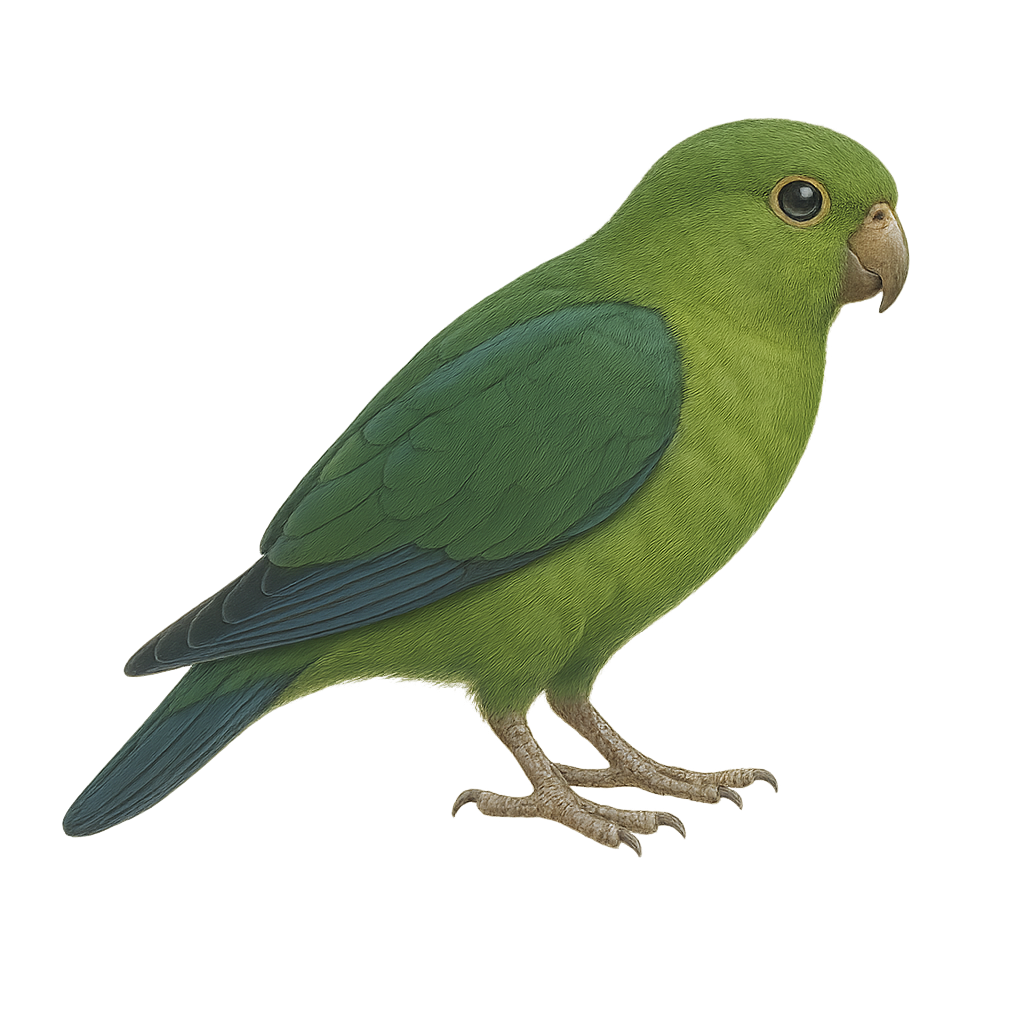Your wildlife photography guide.
Explore the black-backed parrotlet in detail, study its behavior, prepare your shots.
Where to observe and photograph the black-backed parrotlet in the wild
Learn where and when to spot the black-backed parrotlet in the wild, how to identify the species based on distinctive features, and what natural environments it inhabits. The WildlifePhotographer app offers tailored photography tips that reflect the black-backed parrotlet’s behavior, helping you capture better wildlife images. Explore the full species profile for key information including description, habitat, active periods, and approach techniques.
Black-backed Parrotlet
Scientific name: Touit melanonotus

IUCN Status: Least Concern
Family: PSITTACIDAE
Group: Birds
Sensitivity to human approach: Suspicious
Minimum approach distance: 10 m
Courtship display: October to November
Incubation: 21-23 jours
Hatchings: October to December
Habitat:
Humid forests, tropical forests, wooded areas
Activity period :
Primarily active during the day, with peak activity in the morning and late afternoon.
Identification and description:
The Black-backed Parrotlet is a small, arboreal parrot found primarily in the humid forests of northeastern South America, particularly in Brazil. This parrot is distinguished by its bright green plumage, with a characteristic black back that gives it its name. It measures about 15 cm in length and weighs between 40 and 50 grams. Its beak is short and powerful, adapted to its diet mainly consisting of fruits, seeds, and flowers. The Black-backed Parrotlet is often observed in small groups, moving agilely through the canopy. Although its habitat is threatened by deforestation, it is currently classified as "Least Concern" by the IUCN.
Recommended lens:
400 mm – adjust based on distance, desired framing (portrait or habitat), and approach conditions.
Photography tips:
To photograph the Black-backed Parrotlet, it is advisable to use a telephoto lens of at least 400 mm to capture detailed images without disturbing the bird. Look for areas where the trees are more open to have a clear view of the canopy. Be patient and discreet, as these parrots can be suspicious. The best times to observe them are early in the morning or late in the afternoon when activity is at its peak.
The WildlifePhotographer App is coming soon!
Be the first to explore the best nature spots, track rutting seasons, log your observations, and observe more wildlife.
Already 1 431 wildlife lovers subscribed worldwide

